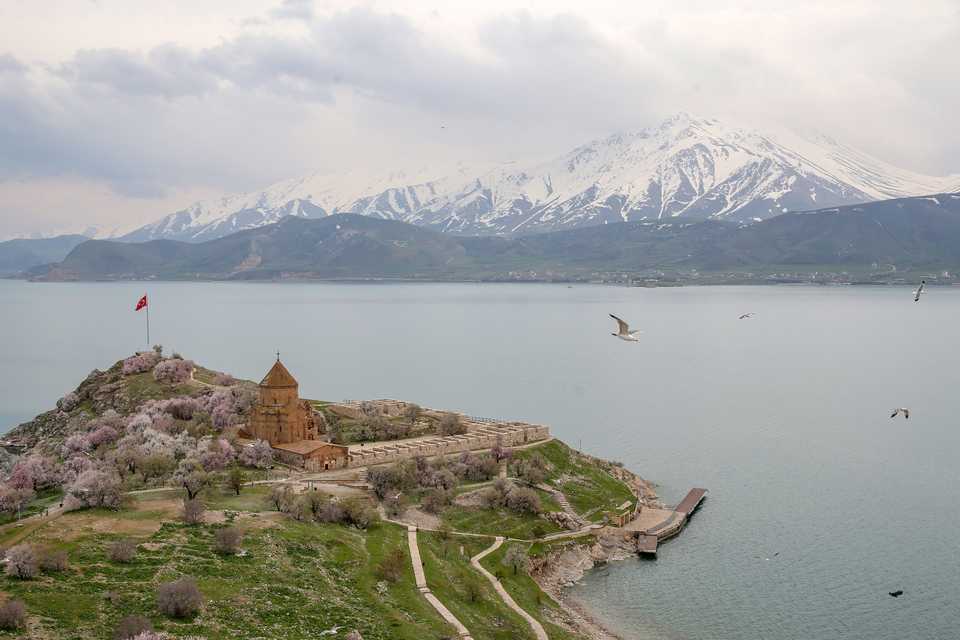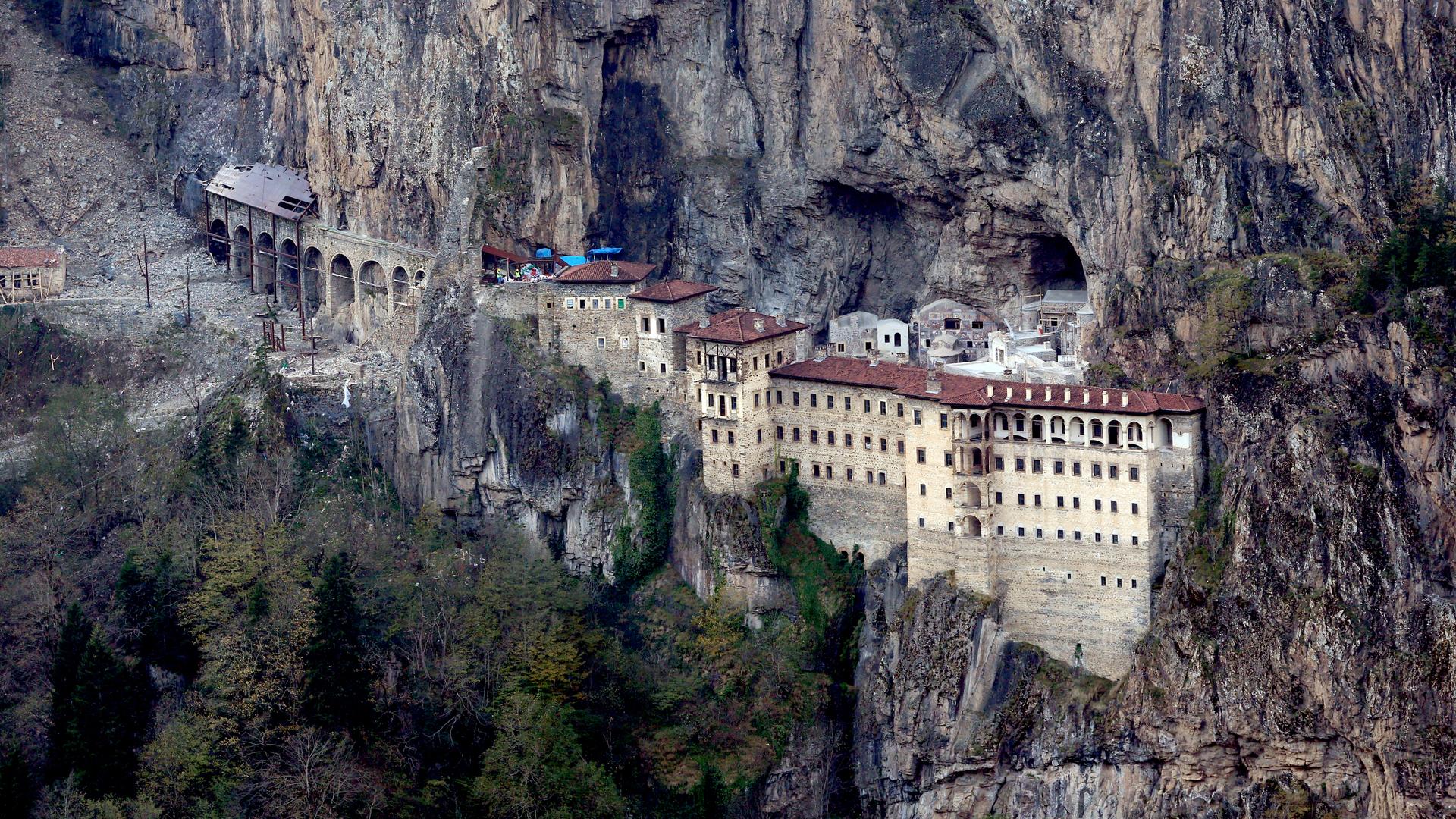Turkey’s historic Sumela Monastery was officially reopened on Tuesday with the country’s president Recep Tayyip Erdogan attending the online ceremony.
It is one of Turkey’s crucial faith tourism centres and underwent a restoration process that included landscaping, as well as the geological and geotechnical maintenance of rocks.
President Erdogan rebuffed criticism over the court decision that paved the way for Istanbul’s iconic Hagia Sophia to be reopened as a mosque last week.
“If we were a nation targeting the symbols of other beliefs, the Sumela Monastery which we have had for the last five centuries, would be gone forever,” Erdogan said via video conferencing.
“On August 15, our Orthodox citizens will be able to perform the [Litany of the Blessed] Virgin Mary religious service, which was suspended during the restoration period at the Sumela Monastery,” he added.
President Erdogan also had a telephone conversation with Fener Greek Patriarch Bartholomew.
Bartholomew expressed his gratitude to Erdogan for his support and interest in the restoration of the Sumela Monastery.
History and importance of Sumela Monastery
Two Greek priests, Barnabas and Sophronios, founded the Sumela Monastery in 386AD during the Roman times.
It was built on the steep cliff in the Macka region of Trabzon, standing 1,200m tall in the country’s Black Sea region.
In the 13th century, Trabzon became the capital of the Komnenos Dynasty, which became a separate state to the Byzantium Empire.
In the second half of the century, the monastery took its current form.
When Ottoman Sultan Mehmed II conquered Trabzon in 1461, he ordered the protection of the monastic complex and gave some privileges and special rights to it.
After the founding of the Turkish Republic in 1923, the monastery was abandoned due to the population exchanges between Greece and Turkey in accordance with the Treaty of Lausanne.
Over the years, some treasures of the Sumela were carried out and damaged.
Now it is open as a museum to visitors from people all around the world.
On August 15, 2010, an Orthodox Mass was held for the first time within the majestic edifice – a first since 1923 – with the permission of the Turkish government.
The cliff-face monastery is a site of historical and cultural significance and was included in UNESCO’s temporary list of World Heritage sites in 2000. Its appeal is not lost on its visitors, given that hundreds of thousands of tourists – both local and foreign – have historically come to marvel at it every year.
Turkey reopened Akdamar Church in Van Lake
In 2005, Turkey began a restoration project on the medieval Akdamar Church, which was built between 915 and 921 AD by architect Bishop Manuel under the supervision of the then Armenian king of Gagik I Artsruni.

On September 19, 2010, the church—also called ‘Peace and Serenity’—held its first holy service after a 95-year break. As a site, this Armenian church, which sits atop an island that is encircled by the crystal-clear waters of Lake Van, is celebrated as a prominent destination in ‘belief tourism’.
The church used to open its doors for one day a year for a service, the last one taking place in 2015. It saw a gathering that totalled thousands of local and international tourists.
It was accepted in the UNESCO Tentative List of World Heritage Sites on April 13, 2015.
In 2019, it attracted more than 160,000 visitors.










Discussion about this post